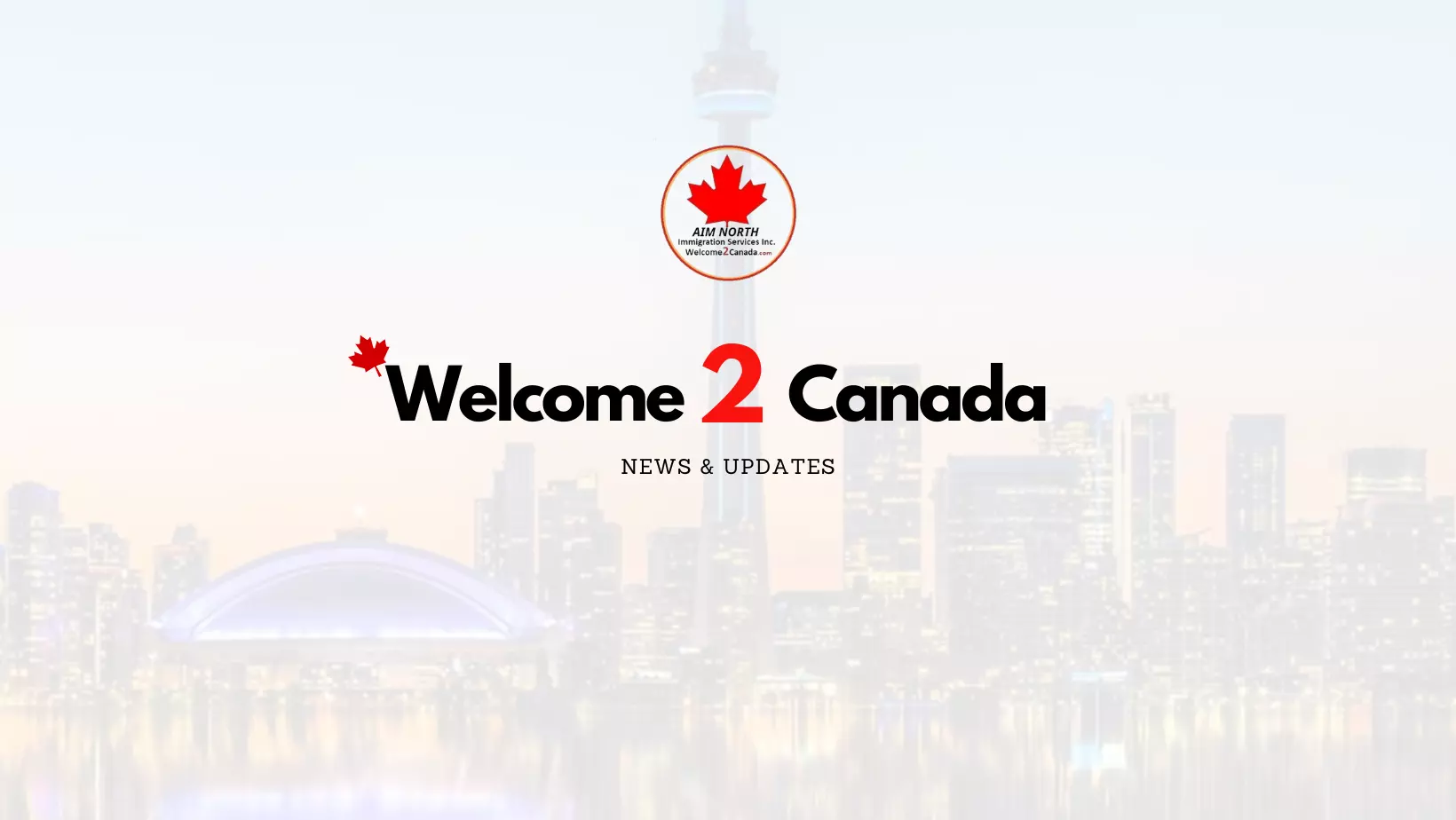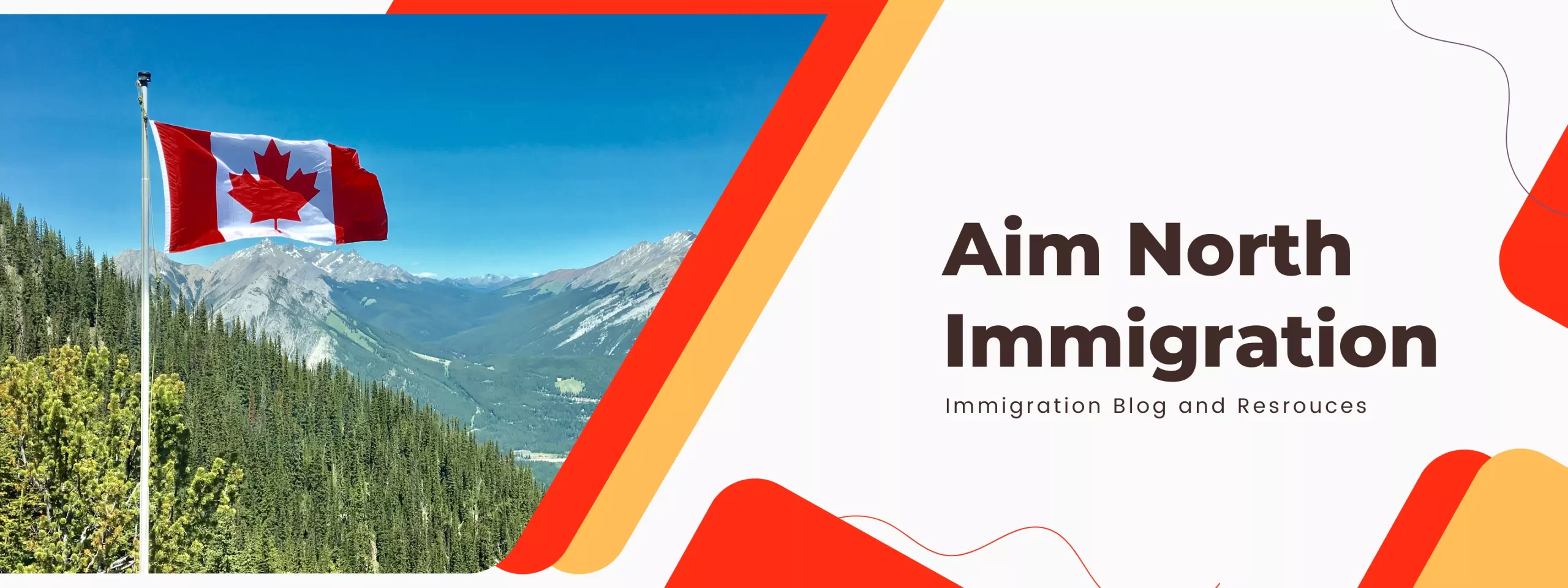
The Different Types of Immigration Removal Orders in Canada
As an immigrant in Canada, you need to be aware of the different types of immigration removal orders that are in place.
There are three types of removal orders in Canada: departure order, exclusion order, and deportation order. Each order has a different impact on your status in Canada.
In this article, we will take a closer look at each type of removal order and what it means for you.
What Is an Immigration Removal Order?
So you’ve been told that you need to leave Canada. What now?
There are three types of removal orders in Canada: departure orders, exclusion orders and deportation orders. A departure order is a document that orders you to leave Canada within a certain period of time. An exclusion order is a document that orders you to leave Canada and not return for a certain period of time. A deportation order is a document that orders you to leave Canada and never return.
Who Gets an Immigration Removal Order?
When someone is ordered to leave Canada, they will receive a document called a removal order. This document states the date by which the person must leave Canada. There are three types of removal orders in Canada: departure orders, exclusion orders, and deportation orders.
Departure orders are issued to people who have violated Canadian immigration law, for example, by arriving in Canada without a proper visa or overstaying after the expiration of their visa. The Immigration Division (ID) or Immigration Appeal Division (IAD) determines that a removal order should be issued after a hearing.
Exclusion orders are issued to people who are in Canada illegally, for example, people who have entered Canada without inspection or those who have contravened the terms of their temporary resident permit. The ID or IAD may issue an exclusion order if they believe that the person is inadmissible to Canada.
Deportation orders are issued to people who are in Canada illegally and have been convicted of a criminal offence, for example, drug trafficking or treason. The ID or IAD may issue a deportation order if they believe that the person is inadmissible to Canada and should be removed from the country.
What Are the Different Types of Immigration Removal Orders?
There are three different types of removal orders: a departure order, an exclusion order, and a deportation order. They are all issued by CBSA, or Canada Border Services Agency.
An individual may be subject to a Canadian Removal Order if they are unlawfully in Canada. This can happen if the person does not have the required documentation to be in the country, if they have violated the conditions of their visa, or if they have committed a criminal offence.
If you are subject to a removal order, it is important to seek legal advice right away. There may be ways to challenge the order or to delay your departure.
What Is the Impact of an Immigration Removal Order?
There are three types of removal orders in Canada: a Departure Order, an Exclusion Order, and a Deportation Order. A removal order is a document that orders you to leave Canada.
The objectives of Canada’s immigration policy concerning removals are: to deter unlawful arrivals, prevent abuse of the immigration system, and protect the health, safety, and security of Canadians. When an individual is issued a removal order, it means that they are not authorized to stay in Canada and must leave within a specific time frame.
How to Appeal an Immigration Removal Order?
If you’ve been issued a Removal Order, it’s important to understand the different types. There are three: deportation, departure, and exclusion.
A deportation order is the most serious type of removal order. It orders you to leave Canada permanently. You may not return to Canada unless you are given special permission by an immigration officer.
A departure order orders you to leave Canada within a specific period of time. If you don’t leave Canada by the date specified in the order, you may be arrested and detained.
An exclusion order orders you to leave Canada immediately. You may not return to Canada for a period of time, and you may not appeal the decision.
If you receive a removal order, it’s important to speak with an immigration lawyer right away to understand your options and how to appeal.
Resources for Those Affected by an Immigration Removal Order
If you’re affected by an immigration removal order, it’s important to know your rights and what resources are available to you. Here are three types of removal orders in Canada, and what each one means for you:
A Departure order requires the subject to leave Canada within 30 days. An Exclusion order prohibits the individual from entering Canada for a period of two years. A Deportation order requires the individual to leave Canada and never return.
If you’re affected by an immigration removal order, it’s important to know your rights and what resources are available to you. The Government of Canada website has more information on the different types of removal orders, as well as how to contact a lawyer or immigration advisor.
Scheule a consultation to discuss your removal order
There are different types of immigration removal orders in Canada, and each one has a different impact on the person who is ordered to leave the country.
The three most common types of orders are departure orders, exclusion orders and deportation orders.
If you are ordered to leave Canada, it is important to understand the implications of each type of order and to get legal advice to help you navigate the process.


